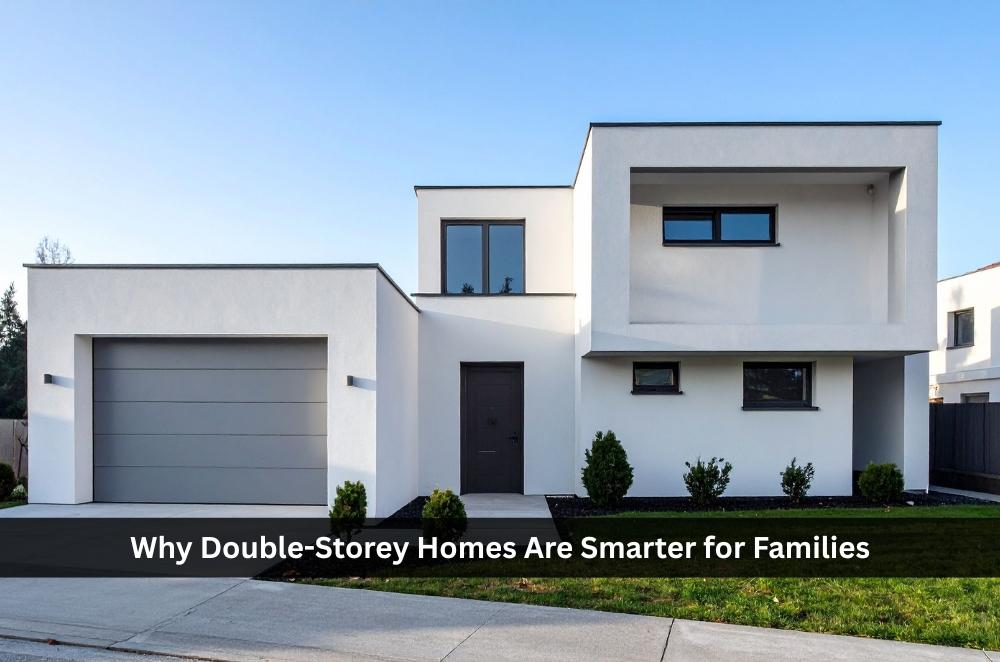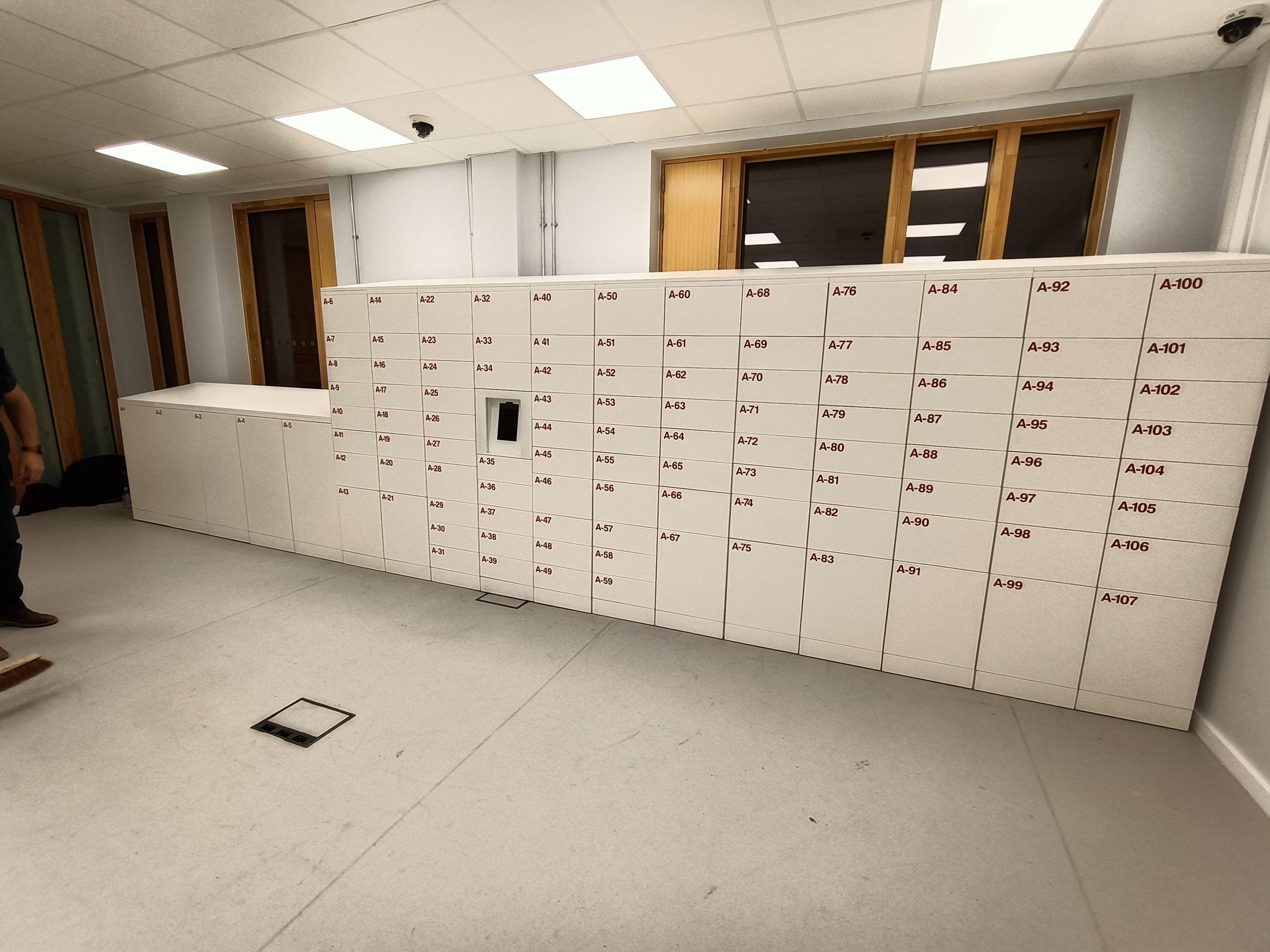Why Double-Storey Homes Are Smarter for Families

Building a home isn’t only bricks and mortar; it’s how a family actually lives day to day. Room to move, quiet nooks, sunlight, storage—those details decide whether a plan works or just looks clever. When land’s tight, going up beats going out. More Australians are leaning toward double storey house designs because they squeeze more life from the same block without feeling cramped. Bedrooms can sit upstairs, living spills to the garden, and there’s still space for a shed or a hoop. It’s practical, but also a style choice: taller streetscapes, better outlooks, and layouts that flex as kids grow or circumstances shift—without blowing the budget, either. Honestly.
How do double-storey homes save space?
They save space by stacking rooms instead of spreading them over the block. That frees ground area for usable outdoor space.
On a tight Sydney block, that difference is huge: you keep a backyard, maybe a veggie patch, maybe even a plunge pool. The footprint upstairs doesn’t need to mirror downstairs, so you can cantilever a bedroom, tuck in storage, or carve out a lightwell. You also dodge long, sprawling corridors that eat square metres without adding much function.
-
More yard for kids and pets
-
Fit a garage without losing living space
-
Easier to add a deck later
With a smaller slab, you reduce site impact and keep more permeable ground for drainage and landscaping. Long story short, going vertical keeps options open for later tweaks and add-ons
What lifestyle benefits do two-storey homes offer?
They offer clearer separation between busy living zones and quiet rooms. That makes daily routines smoother for families.
Sleeping and study spaces sit upstairs, away from the TV and clatter of dinner. Downstairs stays social—kitchen, dining and living spilling to the backyard for barbies and birthdays. Need a home office? A compact landing or spare room works without hijacking the lounge. Stairs become a gentle buffer for noise and privacy, handy for shift workers, napping toddlers, or late-night homework.
-
Quiet bedrooms away from TV noise
-
Flexible study or guest room upstairs
-
Entertaining zones that spill outdoors
Orientation helps too: catch winter sun upstairs, chase breezes across two levels, and leave the doors open without everyone talking over each other
Why consider double-storey living for the future?
Because it adds long-term value and flexibility, homes that adapt easily tend to hold demand.
As land prices climb, smaller lots become the norm; building up makes those lots live larger. Two levels also suit multi-generational living—kids, grandparents, guests—each with a little independence. Resale often benefits from extra bedrooms, a second living space, and street presence. You gain the chance for views, cross-ventilation, and better light without overbuilding the site.
Conclusion
Double-storey homes aren’t just an architectural preference—they’re a response to shifting demands on space, lifestyle, and investment. By maximising land, providing design flexibility, and securing long-term value, they offer a solution that looks beyond the now. In a property market that demands both smarts and style, smart two-storey homes for small blocks are proving to be one of the most future-ready decisions families can make.








